“It don’t mean a thing if it ain’t got that swing.” Duke Ellington
I was washing my hands this morning and started to sing “row, row, row your boat gently down the stream, merrily, merrily, merrily, merrily, life is but a dream” in my head. Over twenty years ago, during my train the trainer program in St. Louis for SSM Health Care System, a nurse used this song in her facilitated practice session. She taught us that the best way to make sure we had thoroughly washed our hands was to sing this verse twice to ourselves.
Now, twenty years later, I still do that. Isn’t that amazing?
So why have I retained that? I think it is because she created a one-shot learning experience. This is when a trainer connects two things that we know very well, because of ample prior practice: such as (1) washing our hands and (2) the song many of us learned as children: “Row, row, row your boat.”
By connecting them, she created new learning: your hands aren’t completely washed until the song is completely done. This is called “one-shot learning” because it is not something we have to practice before we learn it. We have already practiced both aspects of it and now they are so interwoven that the action of washing our hands immediately initiates the thought of the song.
The ability of song to achieve learning retention is very potent. I know when Columbus is supposed to have discovered America because of the song verse: “In 1492, Columbus sailed the ocean blue…”
Even though I am an English major, I still spell “encyclopedia” along with Jiminy Cricket in Walt Disney’s children’s movie: “The Adventures of Pinocchio.” As a matter of fact, I can’t spell the word without singing the song in my head! I don’t remember why spelling “encyclopedia” was important in the song or in the movie, but it is indelibly etched in my memory banks.
When I was 13 years old, I attended an accelerated learning program about the culture of the 1920’s during a summer session. We read the literature, viewed the art, learned the music and performed a play about that era. That experience was so rich that I can still sing all of the songs that we learned. Singing those songs evokes the sense and feel of that era.
All I have to hear is the first chords of a song that was popular during a time when I went through the breakup of my very first love and I am immediately inundated with the painful memories of that experience. That song comes unbidden, even as I write this sentence.
Songs are powerful memory binders. Their words and rhythms are easy to recall. It has been found that Alzheimer’s patients remember songs long after they remember the names and faces of their loved ones.
Some trainers are masters of the use of song as a learning technique. Dave Meier, the accelerated learning guru from Lake Geneva, Wisconsin, is among the best. It doesn’t hurt that he has a lovely voice.
I can’t say that Jiminy Cricket had a lovely voice, but his song has stayed with me all of these years. So now I don’t worry about my own singing ability. When I am teaching about the seven motivational tools and get to the last, which is “feeling,” I burst into song, singing the first verse of the song “Feelings, nothing more than feelings…”
Do you use music to increase learning retention?
May your learning be sweet.
Deborah





